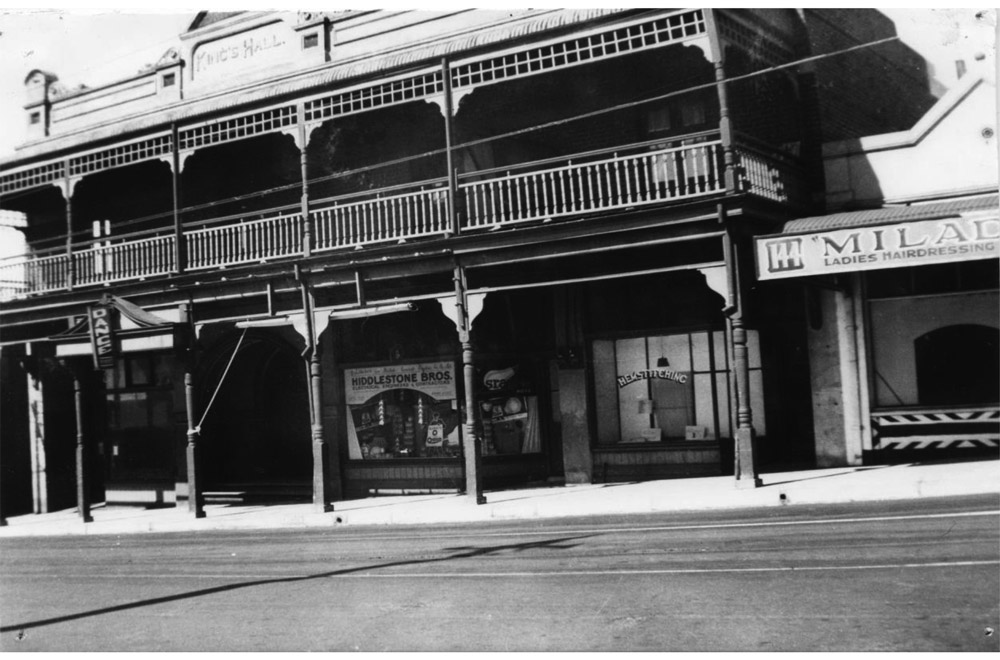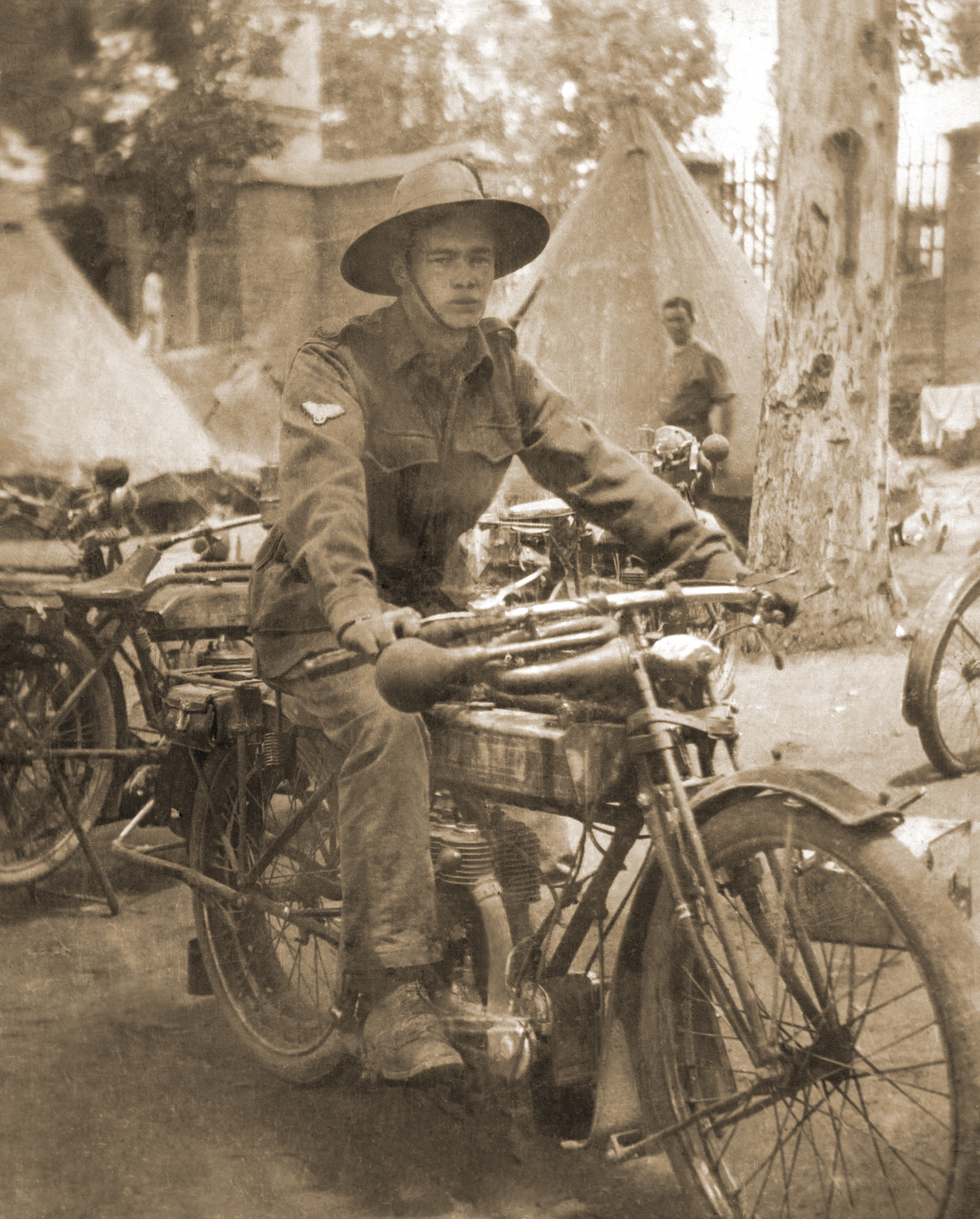
The tyre business followed, with a retreading service proving to be a smart move due to the high cost of new car tyres, which they also stocked. They used steam boilers in what was called ‘recapping’ and, even though the equipment was quite primitive by today’s standards, they must have done a pretty good job, because they had customers in their cars lined up around the corner that unfortunately led to the odd traffic jam.
Eventually the brothers shifted the business to bigger premises with more options when they purchased 83 Rokeby Road, on the opposite side of their original site (140 Rokeby Road – pictured), closer to Hay Street.
The new premises were in the middle of the very busy Rokeby Road. They solved the log-jam created by customers waiting on the road for their tyres and batteries to be changed by parking them in the laneway, now known as ‘Hiddlestone Lane’, beside the shop where the drivers wouldn’t get ‘pinched’. (Apparently the ‘grey ghosts’ were already out and about in the 20s.)
Vern takes up his story again:
“Because the electrical business was going so well, and growing so fast at that stage, the tyre and battery side was ‘put on the shelf’. Besides, there were a number of other bigger tyres companies opening up in the area. So, they switched their focus to the electrical business, which boomed because of the close relationship the business had with Subiaco and its people.
“Dad said that he was pretty glad to see the back of the tyre and battery business because of the smells. They would vulcanise the rubber to patch the tyres and recap them and the stench of burning rubber would fill the air.
“And then there were the batteries, bubbling away with their harsh acid-smell they created while they were recharged. Combine that with the steam from the boiler and unbearable heat of the furnace, all confined within the walls of a solid brick property, originally designed as a shop, with no ventilation, it was not only
unpleasant but also a fire trap.”
The Subiaco of the 1920s was a vastly different landscape to the one it is today. With electrification of the town less than a decade old, driven by a new stand-alone power station, located in Wellington Street, East Perth (that is still there to this day), the little township experienced rapid growth and development.
After a bit of a sleepy start, Subiaco had gone from initially being the site for a Catholic orphanage for young boys, established by a group of pioneering Benedictine monks from Subiaco in Italy, to a burgeoning settlement.
Later, with the advent of a rail siding in 1883 and the introduction of an electric trolley service, running along Hay Street from the Perth CBD, it would become a bustling little working-class village that would attract the eye of struggling settlers – some coming back disillusioned and destitute from the Kalgoorlie goldfields, looking for somewhere to put down roots in Perth.
Along with new residents, fledgling businesses were emerging to service Perth’s, and Subiaco’s, growing population. Ironmongers, timber yards, shops, stores and the ever-present pubs like the Subiaco Hotel, resplendent with its towering Victorian era style cone and ornate verandahs, started springing up along Hay Street and on the corners of the growing network of packed-earth cross streets.
With the pain and loss from the Great War in Europe now receding in people’s memories, Australians focused their efforts on nation building. Federation had taken place two decades earlier and there was a distinct, emerging sense of national pride that was being felt strongly by West Australians, even though the state was so geographically isolated.
It seemed to inspire the pioneering spirit of the rapidly growing working-class of Subiaco that embodied that quintessential Aussie trait of ‘having a go’.
Pictured: Original Hiddlestone Bros. premises, 140 Rokeby Road, Subiaco
From our book: ‘100 Not Out’ by Ross Addison

